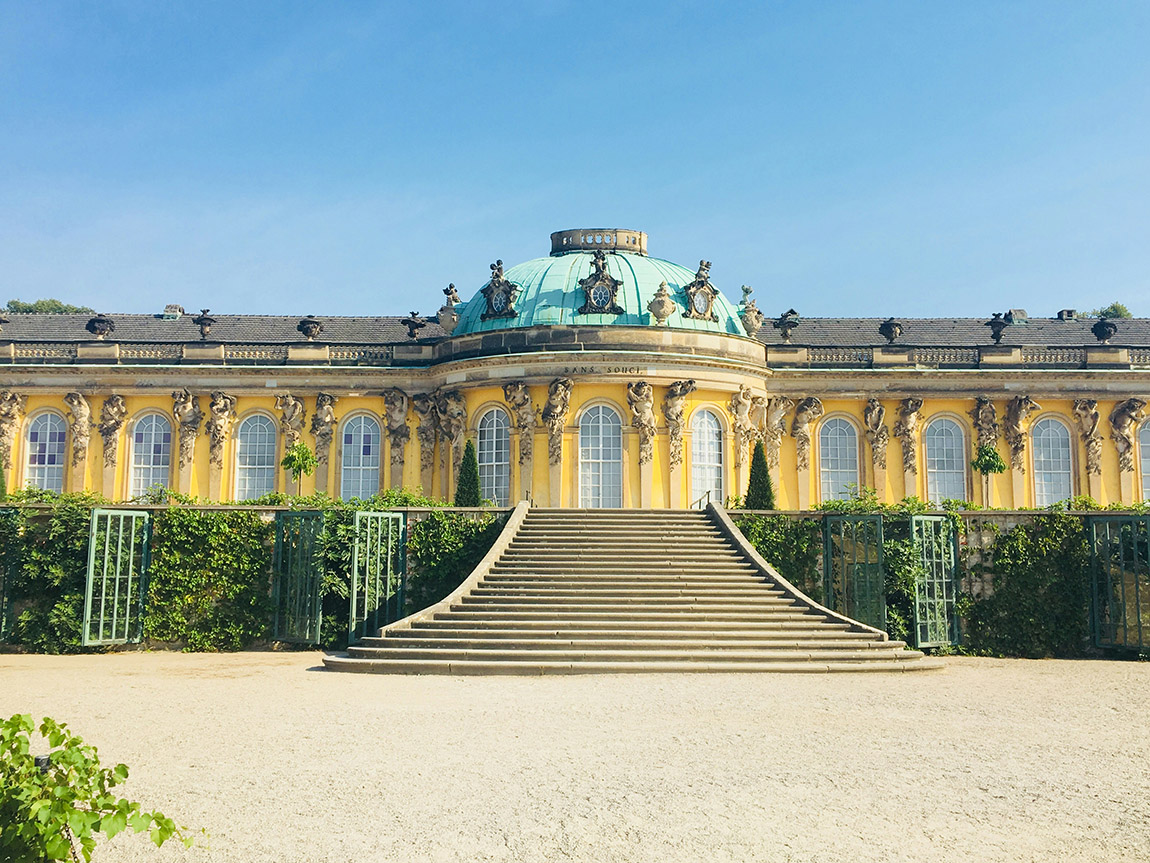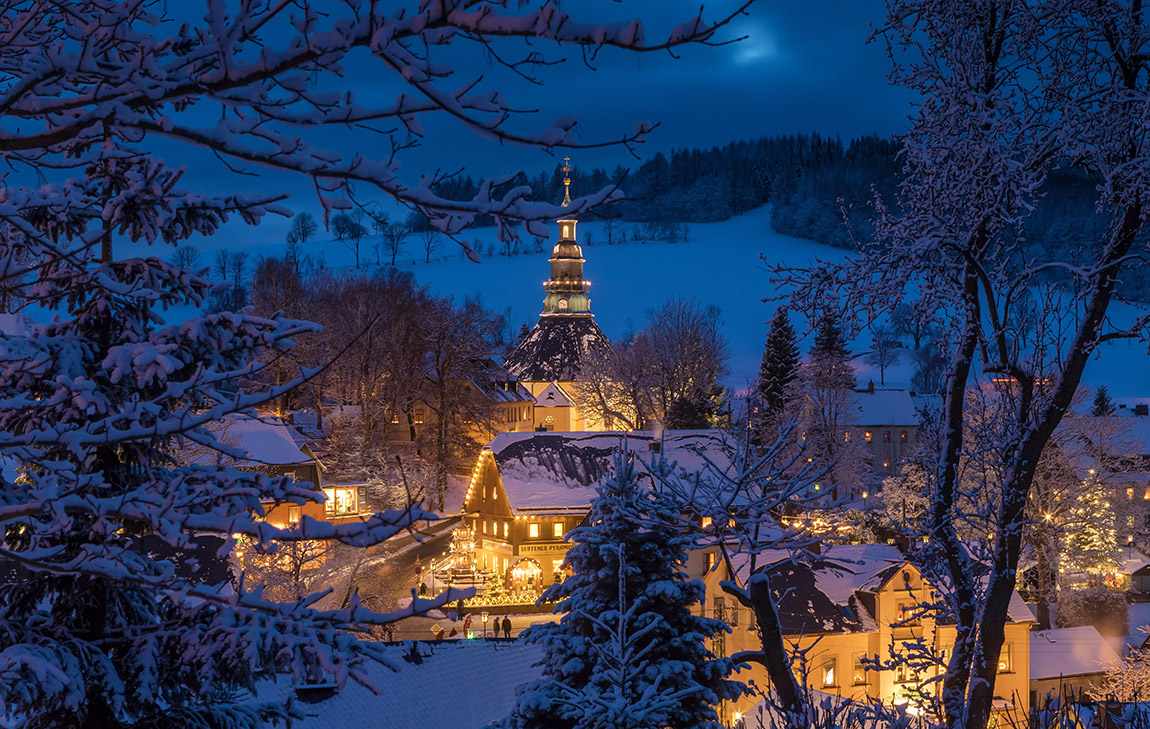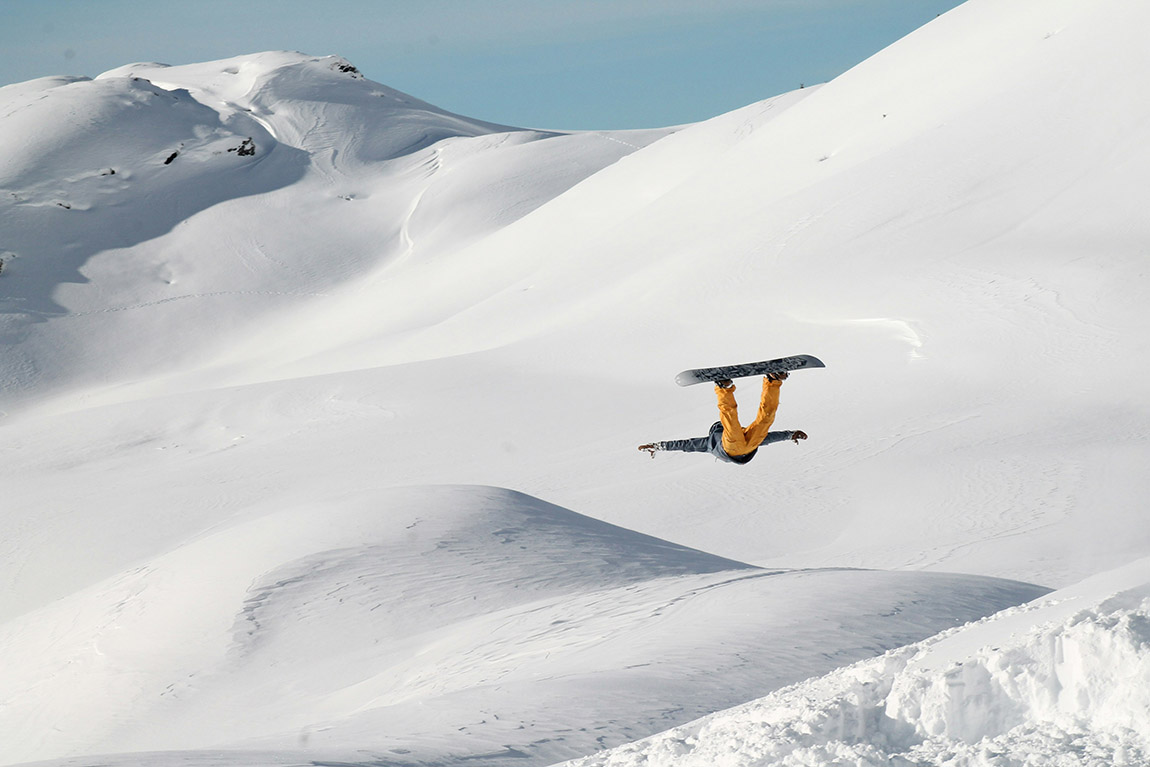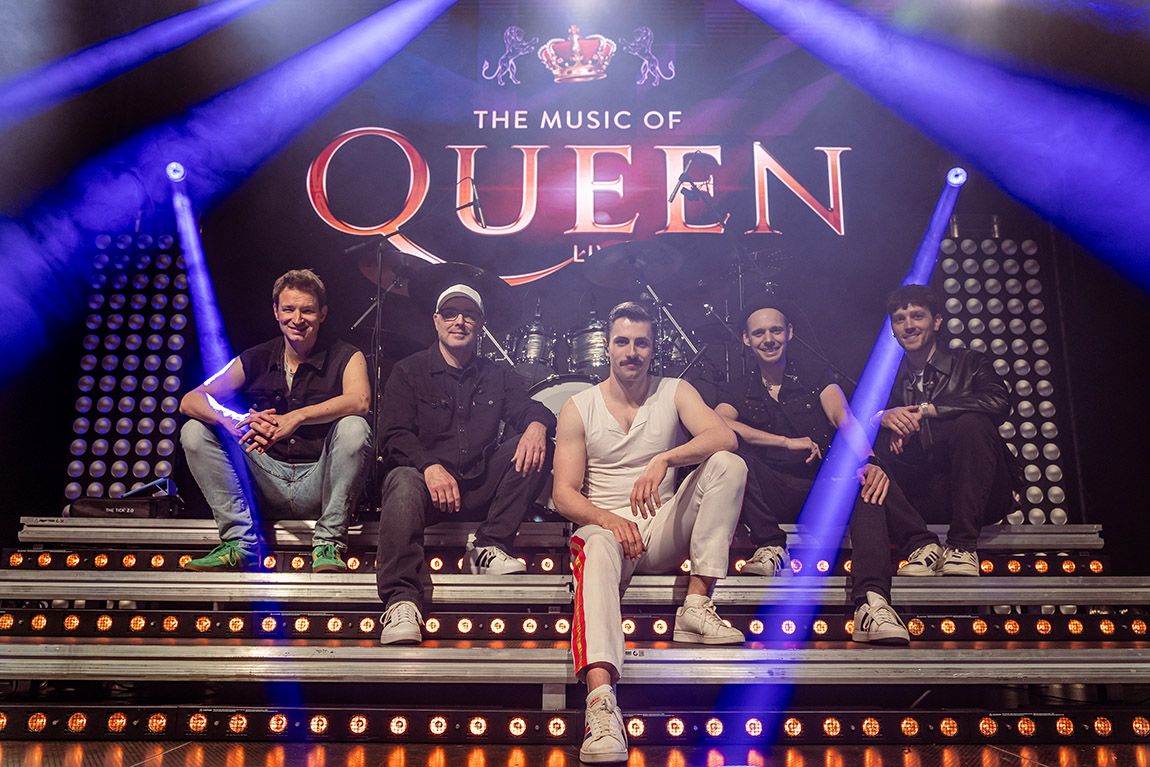Visit Germany’s islands
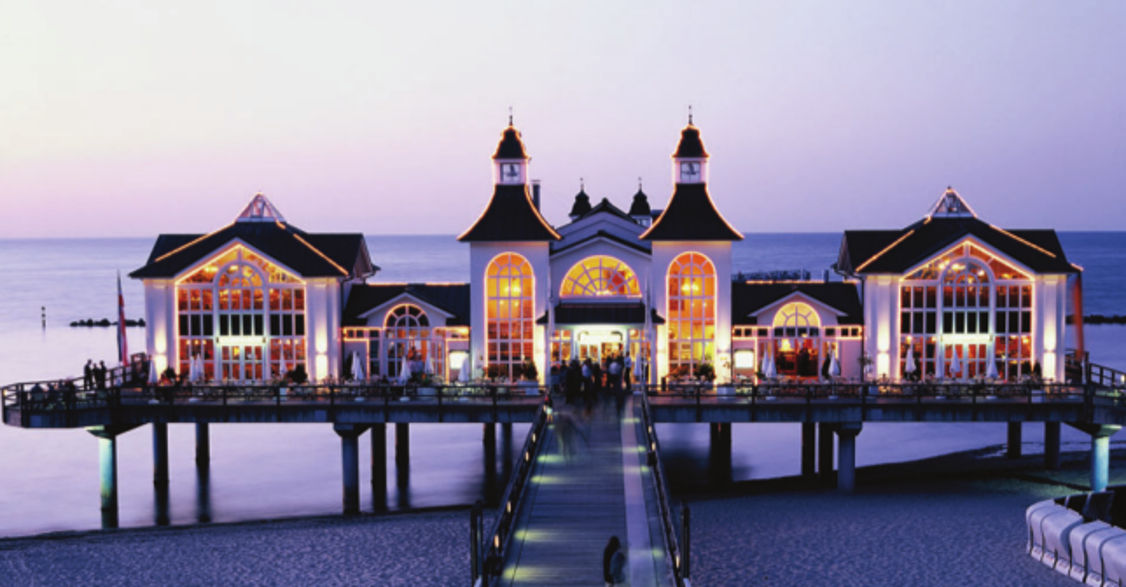
Germany is well known for its castles, gardens and vineyards. But high up in the North lies a different kind of temptation. Both the North and Baltic Sea are home to a rich and diverse selection of islands scattered along the coasts.
In the North Sea’s protected Wadden National Park, which is part of UNESCO World Heritage you’ll find the North Frisian and the East Frisian islands. The Baltic Sea islands are located on the East coast and differ from the North Sea islands in the sense that the water is much calmer because of the weaker tides and milder climate conditions. Both sides have plenty to offer: white dunes, endless beaches and an atmosphere of tranquillity and natural harmony. Waddle through the Wadden Sea and look out for Wadden worms around the North Sea islands, look out for seals, take a trip on a fishing cutter, listen to the screaming seagulls or just relax in a Strandkorb. A Strandkorb by the way is a wicker style lounger cleverly designed for the windy weather conditions in the coastal regions. Quite sturdy and turned in the right direction, a Strandkorb is the perfect shelter from the wind and great to cuddle up in with your loved ones.
North Sea islands
The most famous North Frisian Islands are Sylt, often dubbed the German Hamptons due to its posh reputation, Amrum, Föhr and Pellworm. Smaller islands, called Halligen, are less touristic with some of them uninhabited. The East Frisian Islands and Halligenare are located slightly more southerly and appear neatly lined up like a string of pearls along the Lower Saxony coast. The islands of Norderney, Juist and Borkumare themost famous ones, but again plenty of little islands are no less impressive when it comes to natural beauty and character. Norderney is an all time favourite not only amongst returning visitors as it offers the best of both worlds. On one side the town of Norderney is vibrant and lively with a rich variety of entertainment and cultural highlights, on the other side endless beaches offer an ambience of tranquillity and freedom away from it all. Best explored by bike, Norderney features one of the most beautiful promenades in Europe. Some things are different when taking an island vacation in the North Sea region. While Sylt can be reached by train across a man-made dyke, other islands are approached in a more adventurous way by ferry and occasionally a trip requires a bit of planning ahead because of the times of the tides.
Baltic Sea Islands
In the Baltic Sea region the elements are not as extreme as they tend to be on the West coast regions so some of the islands can easily reached by car across bridges. Just like the North Sea islands endless beaches seem to be just made for hours of strolling barefoot through soft sand. Fehmarn and Poel are real little gems in the Baltic Sea coastal region. Further to the East lies Rügen, Germany’s largest island, featuring magnificent chalk cliffs and, because of its size, offering a large variety of holiday activities suitable for winter and summer. Smaller but similar is the island of Ummanz with its idyllic fishing ports and a more tranquil ambience. The island of Hiddensee gained fame as an artists’ colony and still attracts countless creative heads from across the world who are looking for
inspiration. Just off the Eastern edge of the German mainland lies Usedom. A mere 42 kilometres of beach front feature eight piers and endless dunes. Interestingly, part of the island is in Polish West Pomeranian Voivodeship as Usedom is located on the German-Polish border. A little insider tip: Usedom is said to be the sunniest island in the Baltic Sea region.
Strandkorb happiness
No matter if you decide to visit the North Sea islands or their Baltic Sea sisters, rest assured that the locals aremost welcoming, great seafood will thrill your senses and the amazing smell of a fresh sea breeze will settle in your heart. When you relax in your Strandkorb on a sunny day, watching the sparkling sea, listening to the seagulls while enjoying a sip of bubbly with a fresh fish bun you’ll wish this moment would just never end.
By Tina Awtani, Published in Discover Germany issue 5 – July 2013
Subscribe to Our Newsletter
Receive our monthly newsletter by email

